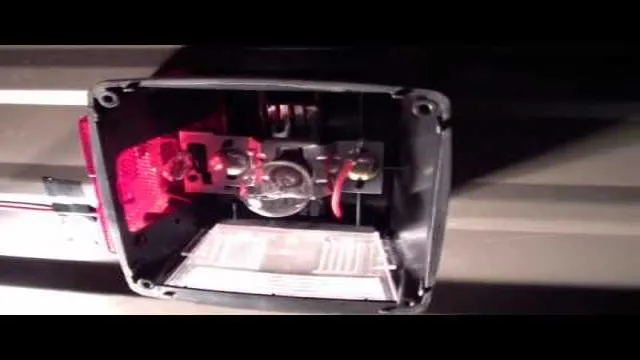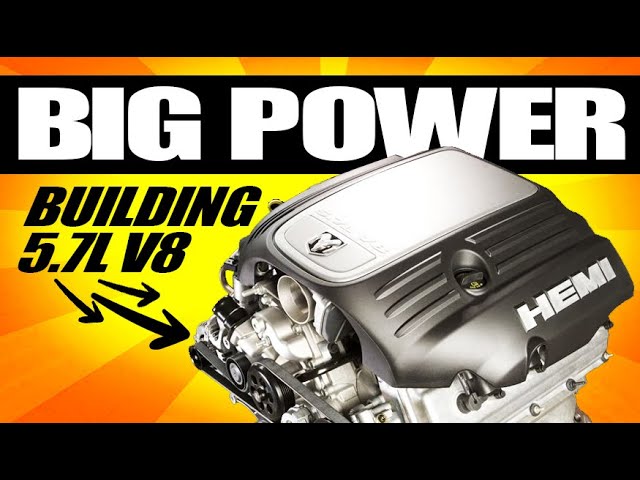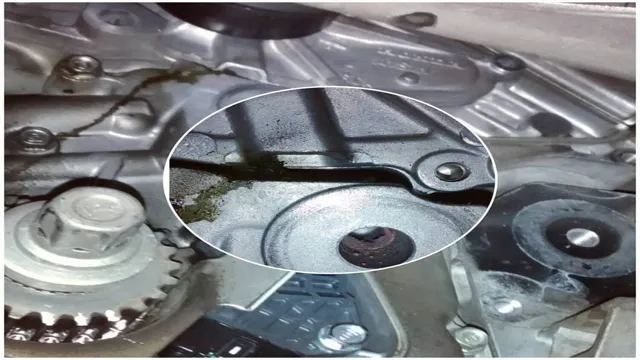How To Remove An Over Tightened Oil Plug? [Simple Steps for Removal]
Changing the oil in your vehicle is an essential part of regular maintenance, ensuring proper lubrication and engine performance. However, encountering an over tightened oil plug can quickly turn a routine task into a frustrating challenge. An over tightened oil plug can make it difficult or even impossible to remove, potentially leading to damage if not addressed properly.
Fortunately, with the right approach and tools, you can safely remove an over tightened oil plug without causing harm to your engine or oil pan. This guide will walk you through the step-by-step process to tackle this issue effectively.
First, we will discuss the importance of addressing an over tightened oil plug promptly and the potential risks involved if left unresolved.
Next, we will outline the tools and equipment you will need for the task, ensuring you have everything necessary to proceed. Then, we will delve into the methods and techniques you can employ to successfully remove the over tightened oil plug.
From using a breaker bar to utilizing heat or specialized tools, we will cover various approaches to accommodate different scenarios. By following this guide, you will be equipped with the knowledge and confidence to tackle an over tightened oil plug and complete your oil change smoothly.
What Causes Oil Plug To Get Stuck?
Several factors can contribute to an oil plug getting stuck, making it challenging to remove during an oil change. Here are some common causes:
1. Over tightening
One of the primary causes of a stuck oil plug is when it has been over tightened during the previous oil change. Excessive force applied while tightening the plug can lead to it becoming difficult to loosen or remove later.
2. Corrosion
Over time, corrosion can develop between the oil plug and the oil pan threads. This can occur due to exposure to moisture, salt, or other contaminants. The corrosion causes the plug to seize or bind, making it harder to remove.
3. Stripped threads
If the oil plug or the oil pan threads are damaged or stripped, it can result in a stuck plug. This typically happens when the plug is overtightened or if incorrect tools are used during installation or removal.
4. Debris or sludge buildup
The accumulation of dirt, debris, or sludge around the oil plug and the oil pan can cause the plug to stick. This buildup can create a seal-like effect, making it challenging to break the initial bond and remove the plug.
5. Heat expansion
The repeated heating and cooling cycles experienced by the engine and oil pan can cause the oil plug and oil pan threads to expand and contract. Over time, this can contribute to the plug getting stuck due to increased friction and tightness.
Removing An Over Tightened Oil Plug
Removing an over-tightened oil plug can be a challenging task, but with the right approach and tools, it can be done safely. Here’s a step-by-step guide to help you through the process:
1.Preparation:
- Gather the necessary tools: You will need an appropriately sized wrench or socket, a breaker bar, penetrating oil, a rubber mallet, and a new oil plug gasket.
- Ensure safety: Park your vehicle on a level surface, engage the parking brake, and wear protective gloves and eyewear.
2.Penetrating oil application:
- Spray a generous amount of penetrating oil around the oil plug and let it sit for a few minutes. The oil will help loosen any corrosion or debris.
3.Loosening the plug:
- Use the appropriately sized wrench or socket to fit the oil plug securely.
- Attach a breaker bar to the wrench or socket for added leverage.
- Steadily apply force in a counterclockwise direction to loosen the plug. Be cautious not to apply excessive force that could damage the plug or oil pan.
4.Impact method:
- If the plug remains stuck, tap the end of the breaker bar gently with a rubber mallet. The impact can help loosen the plug by breaking the initial bond.
5.Heat application (optional):
- If the plug remains stubborn, you can heat the surrounding area with a heat gun or propane torch. The expansion caused by heat can aid in loosening the plug. Be cautious not to overheat or damage nearby components.
6.Removal and replacement:
- Once the plug begins to turn, continue unscrewing it by hand until it is completely removed.
- Inspect the oil plug and replace it with a new one if necessary.
- Clean the plug threads and the oil pan opening before installing the new plug.
- Ensure the new plug is properly tightened according to the manufacturer’s specifications, typically snug but not excessively tight.
- Replace the oil plug gasket to ensure a proper seal.
FAQ:
Q: How do I know if the oil plug is over tightened?
A: An over tightened oil plug may feel extremely difficult to loosen or remove, even with the appropriate tools. If you are applying significant force and the plug does not budge, it is likely over tightened.
Q: Can I use a regular wrench to remove an over tightened oil plug?
A: It is possible to use a regular wrench, but a breaker bar is often recommended for added leverage. The breaker bar allows you to apply more force without the risk of damaging the wrench or your hand.
Q: What if the oil plug is still stuck after applying penetrating oil?
A: If the oil plug remains stuck, you can try using a rubber mallet to gently tap the end of the breaker bar. The impact can help break the initial bond and loosen the plug. If this method fails, you may need to seek professional assistance.
Q: Is heating the surrounding area necessary to remove an over tightened oil plug?
A: Heating the area around the oil plug can be helpful in some cases, particularly if the plug is stubborn. The expansion caused by heat can assist in loosening the plug. However, caution must be exercised to prevent overheating or damaging nearby components.
Q: Should I replace the oil plug after removing an over tightened one?
A: It is generally recommended to replace the oil plug, especially if it shows signs of damage or wear. Installing a new plug ensures a proper seal and reduces the risk of future issues. Additionally, replacing the oil plug gasket is advisable to maintain a secure seal and prevent leaks.
Q: What should I do if I am unable to remove the over tightened oil plug?
A: If you are unable to remove the oil plug despite following proper techniques, it is best to consult a professional mechanic. They have the experience and specialized tools to safely address the issue and prevent any further damage to the oil pan or surrounding components.
Conclusion
Removing an over tightened oil plug requires patience, the right tools, and proper techniques. By following the step-by-step guide and taking necessary precautions, you can safely loosen and remove a stuck oil plug. Remember to use penetrating oil, apply steady force, and consider using impact or heat methods if needed. However, if you encounter significant difficulties or are unsure about the process.






